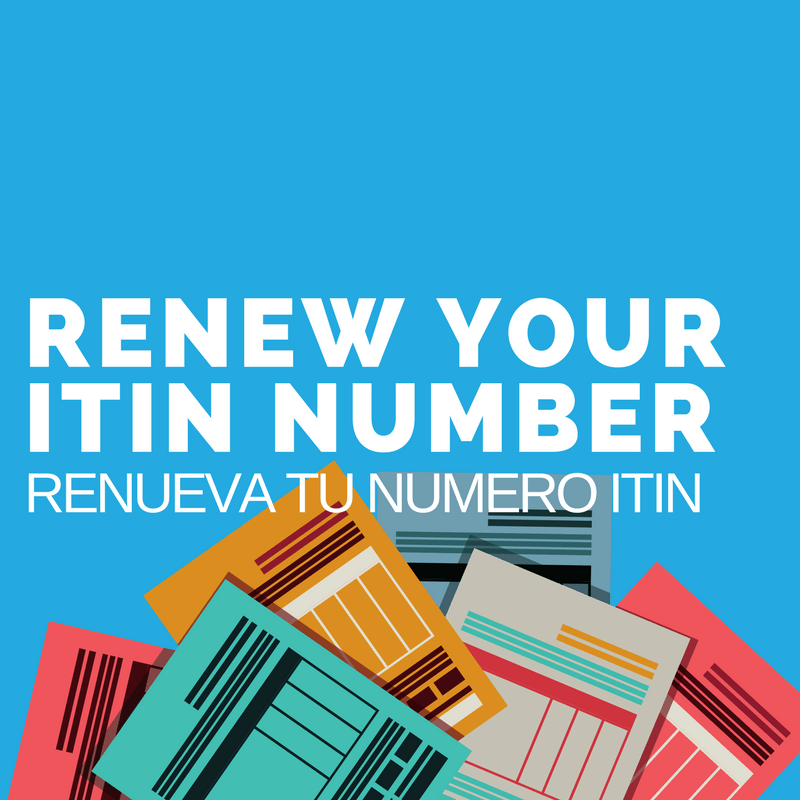Whether you prefer to shop in person or online, at large stores or local sellers, we offer you tips to make the most of your holiday budget and protect yourself from scams.
Black Friday (November 24)
Black Friday marks the unofficial start of the holiday shopping season. Many large retailers advertise sales on popular gift items, like electronics, jewelry, and clothes. Check out these tips before you finish your Thanksgiving meal and go store hopping:
- Read the fine print - There may be quantity limits or other conditions that apply to the sales. Report misleading ads to your state consumer protection office.
- Compare before you shop - Compare prices for the same item between competing stores. Don’t forget to check for differences in a product’s features and accessories.
- Research upsells - Ask if multi-year contracts, warranties, or subscriptions must be purchased in order to get the advertised offer. Don’t feel pressured to buy services that you don’t need or want.
Small Business Saturday (November 25)
Small Business Saturday is a great time to explore the local shops in town. Local shops tend to offer unique merchandise and a more personal shopping experience. Before you shop small:
- Verify the accepted methods of payment - Most small businesses accept major branded credit cards and even some payment apps. However, some may only accept cash.
- Read return policies - Small businesses may not allow you to return products or have stricter rules for exchanging items you have purchased.
- Is the location permanent? - Some sellers open pop-up shops in temporarily in spaces during the holiday season. Find how to contact the store after the pop-up shop closes, in case you need to return an item or dispute a purchase.
Cyber Monday (November 27)
Cyber Monday is the day with sales and discounts across online retailers. Like Black Friday, online retailers advertise major savings. While looking for deals online, be sure to protect yourself:
- Beware of ads on search engines or social media- Scammers advertise popular items at deep discounts, but fail to deliver and steal your payment information.
- Use legitimate apps - Download retailer’s apps directly from their website to be sure you have the real one. Scammers can create imposter apps to steal your payment information.
- Choose credit over debit - Protect your right to dispute a charge by paying with a credit card.
- Secure your internet connection - Avoid using public wifi networks when shopping online. Check the URLs (especially on the submit payment screen).
Giving Tuesday (November 28)
Many charities set up campaigns to raise money during the holidays. Take these steps to make sure your donations go to a reputable charity:
- Research - Be sure that you are giving to a legitimate charity and not scammer with a similar name or web address.
- Verify tax-deductible status- The IRS the maintains a database of 501(c)3 organizations. You can write off donations to these organizations on you.
- Be wary of high pressure tactics- Don’t give in to high pressure sales tactics or demands to act now. You have a right to think about the money you give, even for charity.






